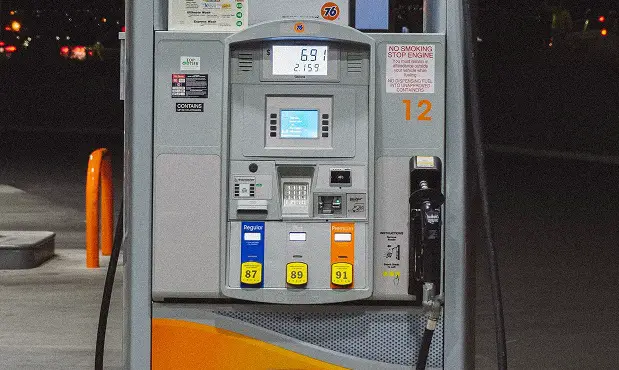The average price for unleaded gasoline rose above $5 per gallon nationally for the first time. Oil supply constraints produced by the war in Ukraine, rising demand due to the summer driving season, China reopening from COVID lockdowns, and refinery capacity limits all contributed to driving the price up to a record high.
Analysts are predicting the rising prices will continue well into summer.
AAA data showed the average price nationally hit $5.004 Saturday. One year ago the price was $3.07. Prices were already averaging $5 or more in twenty states, the highest being on the West Coast.
Mark Zandi, chief economist at Moody’s Analytics said, “By my calculations, the typical household is spending about $160 more on gas a month than a year ago. That’s a big bite.”
Normally prices would reach their peak in mid-May, however this year shows no sign of that as prices continue to climb, with this month’s prices a full 65 cents higher than last month. Analysts think prices will not peak this year until mid-July, the peak of the summer driving season. However analysts also note that any serious refinery outages going forward, any hurricanes, or even an escalation in global hostilities like the Ukraine war could easily cause the price surge to continue.
Patrick DeHaan, head of petroleum analysis at GasBuddy said, “I don’t think we’re far away. I don’t think it would eclipse $5.50. I would say $5.25 is the top, but again, the market is unhinged.”
Part of the problem is the US has lost about 1 million barrels per day of refining capacity, going back to before the pandemic. Adding to that were sanctions placed on Russia in retaliation for the Ukraine war, preventing Russian oil from easily reaching the market.
One factor helping the consumer is the greater efficiency of today’s vehicles. Analysts note that today drivers are spending about 20 cents per mile on gasoline. However that same mile would have cost them 30 cents, using vehicles from the year 1980, due directly to reduced fuel efficiency.

